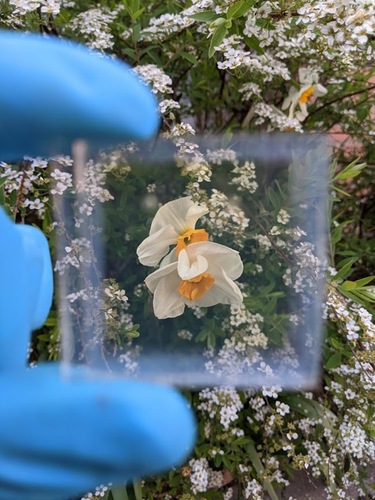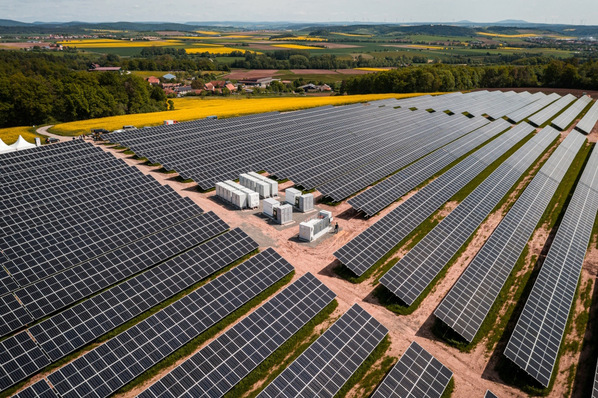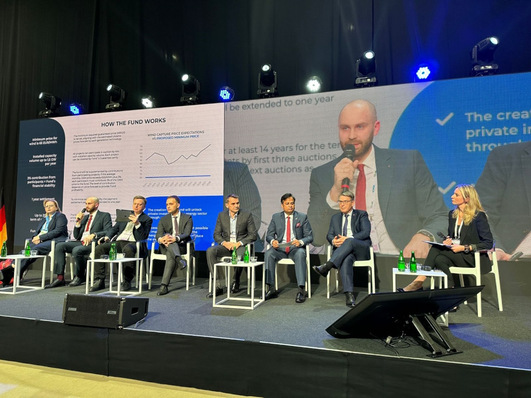Context
In order to maximise the renewable share of energy supply in the building sector, the use of photovoltaics (PV) must be further deployed. Current PV technologies are opaque or semi-transparent and can thus only be installed on roofs or in non- or semi-transparent facades. The international consortium of IMPRESSIVE addresses the specific challenge of developing efficient transparent PV cells that can be integrated on a wide scale as windows in buildings.
Technology
The solution benefits from the latest development in perovskite solar cells (PSC) and dye-sensitized solar cells (DSSC) with their junction in tandem devices. The device will convert selectively ultraviolet (UV) and near-infrared (NIR) part of the solar spectrum, while excluding the visible range, to reach colourless and fully transparent cells. Since the NIR part of the spectrum is responsible for heating behind glass, its absorption could save up to 15% of the energy used for air conditioning.
The device is expected to reach an Average Visible Transmittance (AVT) > 55% (full transparency) and 14% Power Conversion Efficiency with a lifetime of over 25 years.
Consortium
European research centres with world leading experience and expertise are conducting these activities: the Laboratory of Reactivity and Solid State Chemistry of CNRS and the University of Torino developed materials for the first transparent DSSC; the Swiss Federal Institute of Technology of Lausanne (EPFL) is leading the PSC revolution; the Tor Vergata University of Rome realised the first PSC module and developed a pilot line production for Building Integrated DSSC; G-LYTE owns a worlwide patent on improved DSSC stability and lifetime; SMART has a deep experience in Life Cycle Assessment (LCA) for third generation photovoltaics; and Euroquality has large experience in dissemination and exploitation of EU projects results for strong market uptake.
As explained by Frédéric SAUVAGE, research director at CNRS and project coordinator: “the approach led in IMPRESSIVE is totally disruptive from current streams in PV aiming at integrating black absorbers. Around 55 % of the solar spectrum lies outside the visible range and is actually not considered for electricity production. Transparent PV is not an irrational concept and may rapidly revolution the way PV is integrated into our environment.”

Results
Since 2019, the consortium has been working on developing the UV-PSC and NIR-DSSC before integrating them into a transparent tandem cell. In the first 2 years and despite the pandemic, the consortium has already achieved world-record efficiencies and unprecedented level of transparency!
Currently, UV-PSC and selective NIR-DSSC tandem modules have been designed and assembled on 100 cm2 size and upscaled to 900 cm2 reaching more than 55 % average visible transmittance and power conversion efficiencies in the range of 10 %. These results demonstrate the suitability of IMPRESSIVE technology to integrate Infrastructure Integrated PV or Building Integrated PV industries. You can check the progress of the project on www.impressive-h2020.eu and follow IMPRESSIVE H2020 on LinkedIn and Twitter.
IMPRESSIVE has received funding from the European Union’s Horizon 2020 research and innovation program under grant agreement No 826013.







